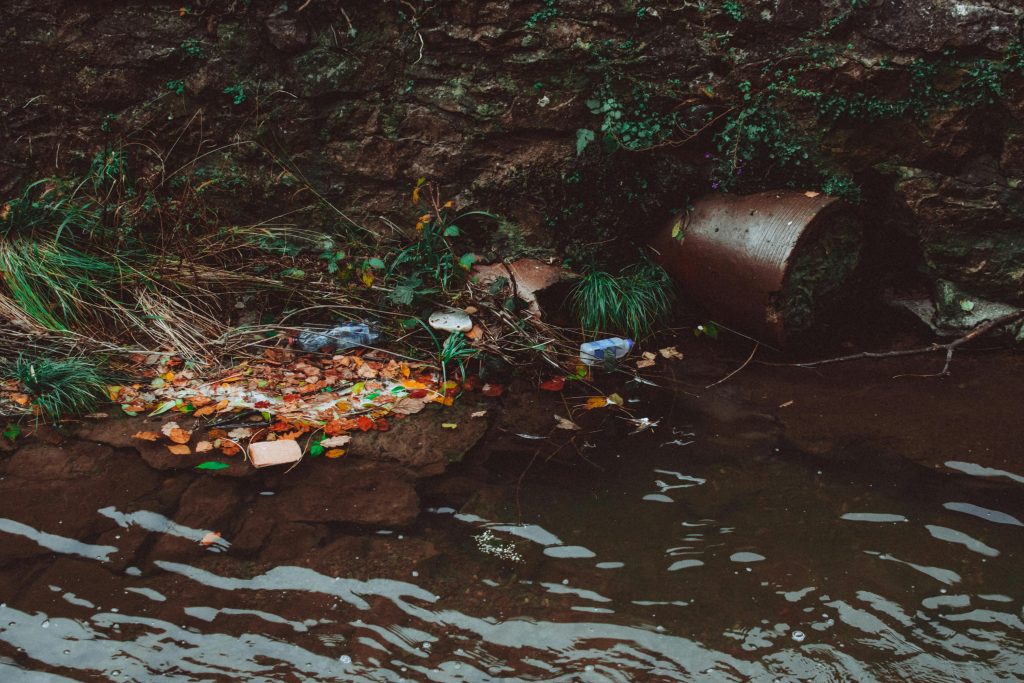Let’s face it – clean water is running out.
With droughts, pollution, and growing populations, the idea of turning wastewater into drinking water isn’t just sci-fi anymore, it’s a necessity.
You might cringe at the thought of drinking “recycled sewage,” but guess what? If you live in a major city, there’s a good chance you already are.
Places like Singapore and California have been purifying wastewater for decades, and the results are crystal clear, literally.
Why Wastewater Recycling is Essential
The global water crisis is real:
- According to the WHO, over 2 billion people lack access to safe drinking water.
- By 2025, half the world’s population could face water shortages.
- Traditional sources (rivers, lakes, aquifers) are drying up or polluted.
Instead of dumping sewage into rivers, we can clean it and reuse it, thus, saving freshwater for essential needs.
- Agriculture and industry consume ~90% of freshwater. Recycling wastewater for these uses frees up clean water for drinking.
- Climate change makes droughts worse. Recycling provides a drought-proof supply.
Environmental and Economic Benefits of Recycling Wastewater
Wastewater has myriad of benefits some of which are:
- It saves energy and money.
-
- Cheaper than desalination (50% less energy).
- Reduces need for new dams/pipelines.
- It is drought-proof.
-
- No more shortages – recycling provides a constant, reliable source.
- It reduces pollution.
-
- Treated wastewater reduces harmful discharges into ecosystems.
What’s in Wastewater?
Before we clean waste water, let’s see what’s in there:
- Organic waste (food, human waste)
- Chemicals (detergents, pharmaceuticals)
- Pathogens (bacteria, viruses)
- Heavy metals (lead, mercury from industrial waste)
Natural vs. Engineered Purification
There are two main methods or sciences of purifying waste water – natural and engineered methods.
- Natural methods (wetlands, soil filtration) help but are too slow for large-scale use.
- Engineered systems use advanced tech to remove all contaminants efficiently.
How Wastewater is Purified into Drinking Water (Step-by-Step)
Here’s how wastewater is purified into drinking water:
Step 1: Preliminary Treatment to Remove the Big Stuff
Here:
- Screens filter out trash (plastic, rags).
- Grit chambers remove sand and small debris.
Step 2: Primary Treatment to Let Solids Settle
In this step:
- Wastewater sits in sedimentation tanks, allowing sludge to sink.
- The sludge is later treated separately (often turned into fertilizer).
Step 3: Secondary Treatment to Kill Organic Waste
Here:
- Microbes (activated sludge) break down organic matter.
- Aeration tanks pump oxygen to speed up decomposition.
Step 4: Tertiary Treatment for Deep Cleaning
This is where real purification happens:
- Filtration (sand, carbon, or membranes remove tiny particles).
- Reverse Osmosis (RO), where water is forced through a super-fine membrane, removing salts, chemicals, and even viruses.
- Advanced Oxidation uses UV light, ozone, or chlorine to destroy remaining pathogens.
Step 5: Final Disinfection to Guarantee Safety
Here:
- A small amount of chlorine or UV light ensures no bacteria survive.
- Strict testing follows WHO/EPA standards before distribution.
Cutting-Edge Technologies Making It Better
Technology is making everything better, and that includes waste water purification:
– Membrane Bioreactors (MBRs):
- Combines biological treatment + ultrafiltration in one step.
- Removes more contaminants than traditional methods.
– Forward Osmosis:
- Uses natural osmosis (instead of high-pressure pumps like RO).
- More energy-efficient for large-scale use.
– Electrodialysis:
- Removes salt ions using electric currents.
- Great for brackish water (mix of fresh and saltwater).
– AI & Smart Sensors:
- Real-time monitoring ensures water quality stays perfect.
- Predicts maintenance needs before systems fail.
Busting the “Toilet-to-Tap” Myth – Is Wastewater Safe?
“But… It’s Sewage?!”
Yes, it starts as wastewater, but after multiple purification steps, it’s cleaner than most bottled water.
Singapore’s NEWater and Orange County’s GWRS have supplied millions for 20+ years with zero health issues.
And it undergoes stricter testing than natural sources because every drop is tested.
So, education is key because once people see the science, they stop being hesitant. Blending with natural sources helps ease the transition.
Bottom Line
The choice is simple:
- Keep wasting water and face shortages.
- Or recycle smarter and secure our supply.
Cities like Singapore and Los Angeles are already doing it successfully and safely.
The tech is here. The need is urgent. The only question is if we’re ready to embrace it.
So, what’s next?
- Check your local water sources – do they recycle?
- Support policies that fund wastewater treatment upgrades.
Spread the word, the more people know, the faster change happens.
